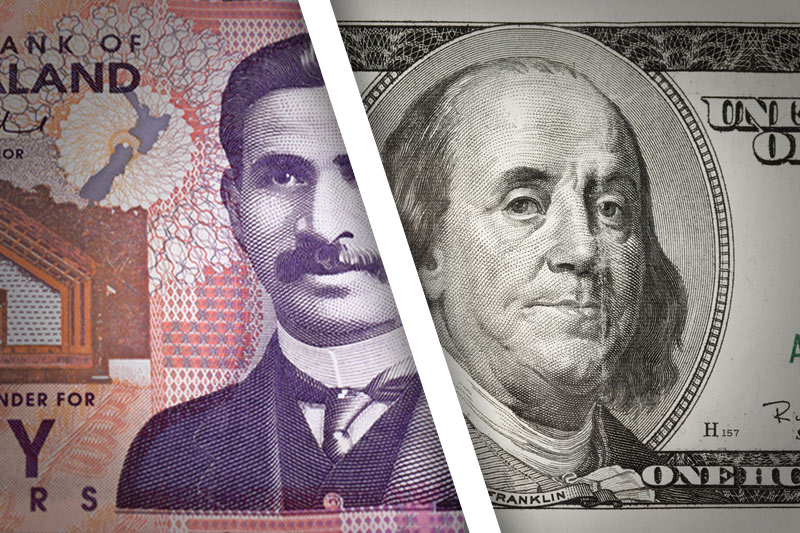Investing.com – The New Zealand slid against its U.S. rival during Tuesday’s Asian session after the after the HSBC flash reading of China’s April purchasing managers index indicated the world’s second-largest economy continues to cool.
In Asian trading Tuesday, NZD/USD slumped 0.37% to 0.8394. The pair fell through support at 0.8414, the low of April 16 and resistance at 0.8496, the high of April 17
The flash HSBC Purchasing Managers' Index for April fell to 50.5 from 51.6 in March. The April reading is ahead of the February reading of 50.4. Readings above 50 indicate expansion.
The new export orders index fell to 48.6 in April from 50.5 in March, highlighting the fact that the global economic recovery remains tepid. China’s PMI report comes barely more than one week after the country said its first-quarter GDP grew by 7.7%, disappointing analysts that expected growth of 8%.
For the kiwi, the glum China PMI report as traders are also awaiting news from the Reserve Bank of New Zealand later this week regarding a possible interest rate cut.
Last week, New Zealand said consumer price inflation rose 0.4% in the first quarter, in line with expectations, after a 0.2% decline in the previous quarter. Combine that with concerns stemming from the country’s major partners such as China and Australia and it would appear that RBNZ has room to lower rates.
However, most of the economists that responded to a recent Reuters poll on the subject expect RBNZ will leave rates unchanged at 2.5%. That is low by New Zealand’s standards, but higher than the interest rates found in much of the developed world.
Elsewhere, AUD/NZD inched lower by 0.06% to 1.2191 while NZD/JPY tumbled 0.78% to 82.95.
In Asian trading Tuesday, NZD/USD slumped 0.37% to 0.8394. The pair fell through support at 0.8414, the low of April 16 and resistance at 0.8496, the high of April 17
The flash HSBC Purchasing Managers' Index for April fell to 50.5 from 51.6 in March. The April reading is ahead of the February reading of 50.4. Readings above 50 indicate expansion.
The new export orders index fell to 48.6 in April from 50.5 in March, highlighting the fact that the global economic recovery remains tepid. China’s PMI report comes barely more than one week after the country said its first-quarter GDP grew by 7.7%, disappointing analysts that expected growth of 8%.
For the kiwi, the glum China PMI report as traders are also awaiting news from the Reserve Bank of New Zealand later this week regarding a possible interest rate cut.
Last week, New Zealand said consumer price inflation rose 0.4% in the first quarter, in line with expectations, after a 0.2% decline in the previous quarter. Combine that with concerns stemming from the country’s major partners such as China and Australia and it would appear that RBNZ has room to lower rates.
However, most of the economists that responded to a recent Reuters poll on the subject expect RBNZ will leave rates unchanged at 2.5%. That is low by New Zealand’s standards, but higher than the interest rates found in much of the developed world.
Elsewhere, AUD/NZD inched lower by 0.06% to 1.2191 while NZD/JPY tumbled 0.78% to 82.95.
